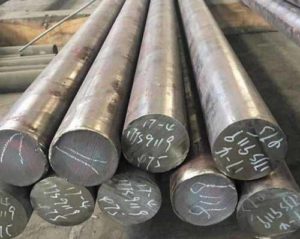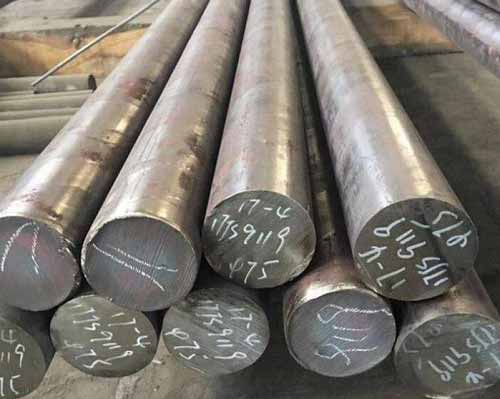17-4PH stainless steel conventional heat treatment process.(HY-industry technical centre)
Conventional heat treatment process
-
 The conventional heat treatment process of 17-4PH stainless steel is ten-time treatment by solution treatment. The steel alloy has high content and excellent hardenability, and martensite structure can be obtained by air cooling, but a certain amount of retained austenite exists in the structure. Therefore, it is necessary to increase the strength of the steel. During the aging process, the retained austenite decomposes and some of the carbides are precipitated. The optimum solid solution temperature of the 17-4 stainless steel is 1040 degrees, and the hardness of the aging temperature rises first and then falls. The optimal heat treatment process is 1040 degrees solid solution + 460 degrees aging insulation for 2 hours. When the temperature is too low, the austenite transformation is incomplete, which will make the structure contain more ferrite and it is difficult to homogenize. If the temperature is too high, the content of high-temperature ferrite will increase, the Ms will be lowered, and the cooling will be increased. The content of retained austenite after room temperature, thereby reducing the hardness value, the holding time varies from 0.5 to 1.0 h according to the size and size of the sample, and the final cooling method may be water quenching, oil quenching or air cooling according to different performance requirements; The best aging temperature is 460~480 degrees, and the holding time is controlled at 2~4h. The higher the temperature, the shorter the hardness reaches the peak time.
The conventional heat treatment process of 17-4PH stainless steel is ten-time treatment by solution treatment. The steel alloy has high content and excellent hardenability, and martensite structure can be obtained by air cooling, but a certain amount of retained austenite exists in the structure. Therefore, it is necessary to increase the strength of the steel. During the aging process, the retained austenite decomposes and some of the carbides are precipitated. The optimum solid solution temperature of the 17-4 stainless steel is 1040 degrees, and the hardness of the aging temperature rises first and then falls. The optimal heat treatment process is 1040 degrees solid solution + 460 degrees aging insulation for 2 hours. When the temperature is too low, the austenite transformation is incomplete, which will make the structure contain more ferrite and it is difficult to homogenize. If the temperature is too high, the content of high-temperature ferrite will increase, the Ms will be lowered, and the cooling will be increased. The content of retained austenite after room temperature, thereby reducing the hardness value, the holding time varies from 0.5 to 1.0 h according to the size and size of the sample, and the final cooling method may be water quenching, oil quenching or air cooling according to different performance requirements; The best aging temperature is 460~480 degrees, and the holding time is controlled at 2~4h. The higher the temperature, the shorter the hardness reaches the peak time.
Nitriding strengthening treatment
-
17-4PH stainless steel has the advantages of high corrosion resistance, hardness and wear resistance. However, under the working environment of high wear resistance and corrosion resistance such as acid, alkali and high temperature, its comprehensive performance still cannot meet the requirements for use. It is necessary to strengthen its surface properties such as surface hardness, wear resistance and fatigue strength. At present, a wide range of surface strengthening processes are used for nitriding treatment, including ion nitriding and salt bath composite nitriding treatment.
-
When ion nitriding is used, the nitriding temperature, time and nitrogen potential will affect the matrix hardness of the material. The nitrogen potential and nitriding time have an effect on the infiltration layer, while the ion nitriding process parameters have no significant effect on the surface hardness of the layer.
-
Salt bath nitriding treatment can obtain a certain thickness of nitriding layer in 17-4PH steel. The temperature rise can make the nitriding layer thicker. After the salt bath nitriding treatment, the Fe3O4 oxide film formed on the surface of the permeable layer has lubrication effect. Can improve the wear resistance of the material. The corrosion resistance of the sample after salt bath nitriding treatment is worse than that of the substrate. The ion nitriding temperature and holding time are the main factors affecting the performance and surface structure of the workpiece. The nitriding treatment is given to the special properties of steel used in some special environments. Very good supplement, making the steel more convenient.


